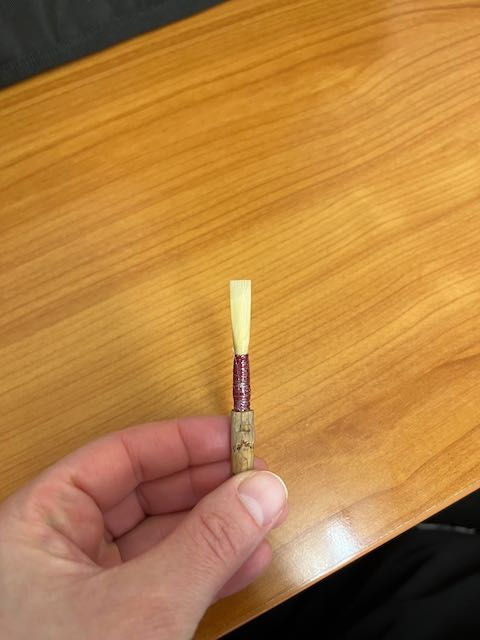Do you know the secret behind oboe articulation?
- agessneroboe
- Oct 3, 2022
- 2 min read
It took me - no joke - 8 years of private lessons to learn this secret and understand how to execute proper articulation on the oboe!
I did know how to use my tongue to start notes, and sometimes stop them as well. That’s not the secret I’m talking about! 😜
While I was taking oboe lessons in high school and during my undergraduate studies, the focus was on making sure that the note was either tongued or not tongued and making that a choice. 👅
Then the focus was on getting my tongue to move fast enough to play staccato 16th note passages. 🎶
But it wasn’t until graduate school - halfway through my degree - that I learned the secret about oboe articulation:
Oboe Articulation is mainly controlled by air and should be considered as a study of executing different note lengths and dynamics. 💨🤯
Think about it for a moment. When we teach staccato or legato it’s about the length of the note (for oboe students). Staccato is more defined by the end of the note than it is the beginning of the note. Right? Literally translated staccato means short and separated, which to me is much more about note length than what the tongue does at the start of the note, or how heavy the tongue is.
“What about accents and sforzandi?” Yes, an excellent question! For instruments that tongue on the mouth it can be really effective to tongue harder, but for your oboe students a harder tongue is just going to damage the tip of the reed, making its qualities less ideal. Instead, an accented note should be played as a mini decrescendo, and a sforzando should be played as a mini crescendo-decrescendo. Accents and sforzandi are defined by the dynamic achieved during the note, and on oboe, tongue shouldn’t be involved in that dynamic change.
So, when you’re working on articulation markings with your band, please consider that the instruction “Hit that accent hard at the beginning of the note” will be taken literally by all your students, and can be destructive to oboe reeds!
Musically yours,
Alli
Would you like to get helpful information like this post delivered straight to your inbox each week? Sign up for the Teaching Oboe Newsletter - created for busy band directors and full of actionable tips and more resources than you see here.




Comments